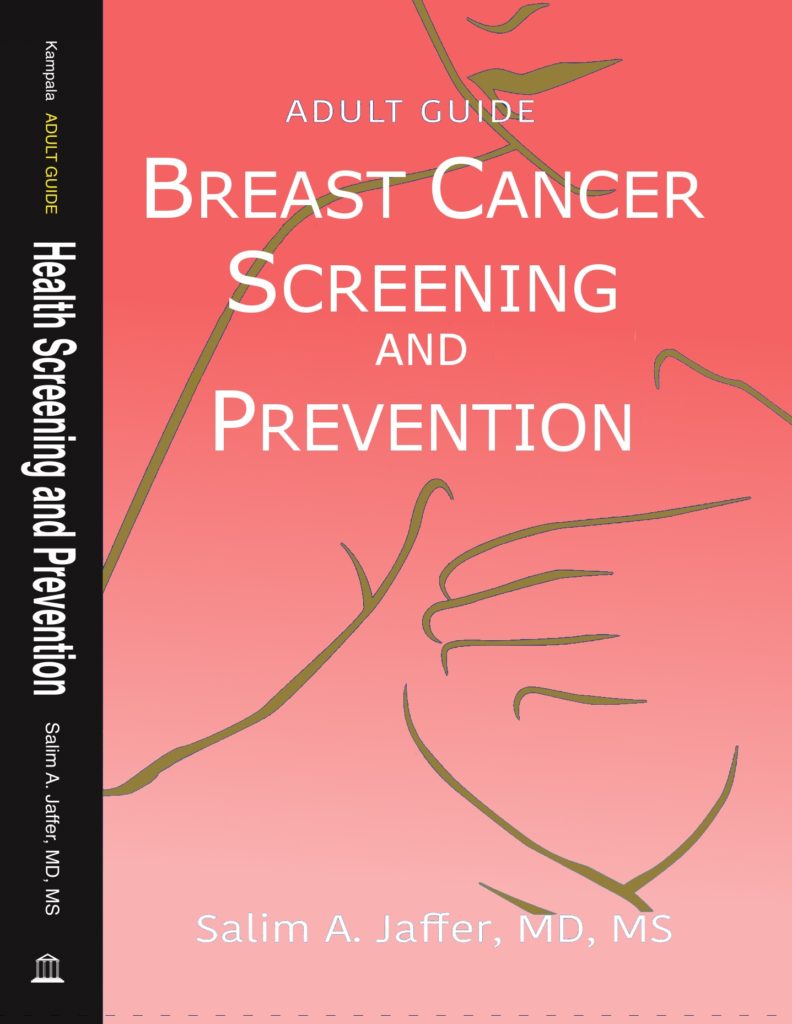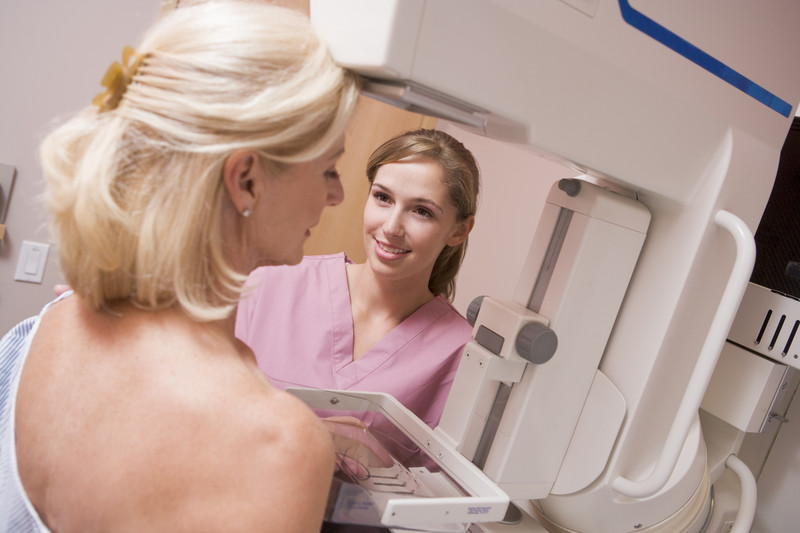
The Affordable Care Act, more commonly known as Obamacare, was originally planned to contain a provision regarding gun violence screening and reporting by doctors. This was dropped, under pressure, from the act that was ultimately passed. In fact, language was specifically added, in a section called Title X, that specifically outlines restrictions on doctors to prevent them from recording and tracking gun violence statistics and the results of gun violence screening. Title X also states that healthcare programs may not require gun violence screening questions, and that patients may not be forced to answer gun violence screening questions.
Nevertheless, since the passage of the act, there have been a number of attention-grabbing headlines and chain e-mails of doctors demanding patients answer gun screening questions. Never mind the fact that your doctor cannot force you to answer anything, or that insurance companies cannot restrict their policies based on gun ownership or the likelihood of gun violence (it’s right there in the Affordable Care Act!).
Are these doctors overstepping their bounds? Are they breaking the law?
In a word: No. None of the provisions in Title X can stop a physician or a patient wanting to discuss firearms violence or ask questions about threats of gun violence. Doctors are doing so because they believe it can save lives. We can’t write it down, and we can’t share the data, but we can work with an individual patient to determine if they are at risk and what steps they could take to protect themselves and the people they love.
Everyone seems to agree that mental health is an issue with regards to gun violence. We are trying to directly address this problem. We are not violating your rights, and anyone that tells you we are doing so is lying to you to fulfill their own agendas. When you go to a medical professional, our job is to determine the risks – ALL of the risks – that you might be facing to your life and well-being. For years, patients have been speaking to their doctors about their fear of gun violence in their homes – doctors have simply started asking in advance, because many patients are not aware this is something we can help them with.
When guns are present, people are more likely to die as a result of violence. Simply having a gun in the home makes homicide or suicide more likely. Americans have always owned guns, and likely will continue to do so. The only way for us to reduce gun violence is to look to the source: people who are at risk.

 This week marks the launch of our 2nd e-book in the
This week marks the launch of our 2nd e-book in the 